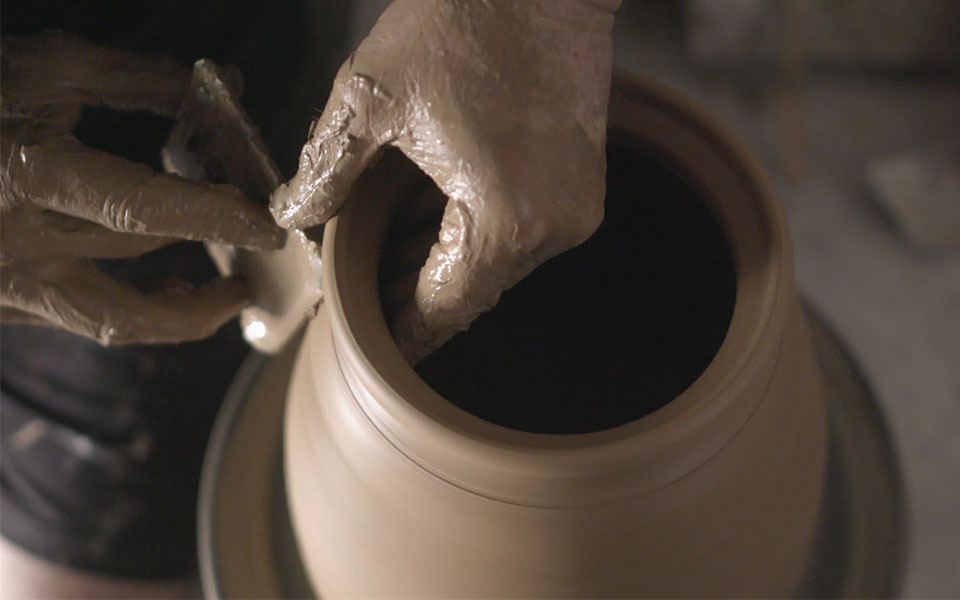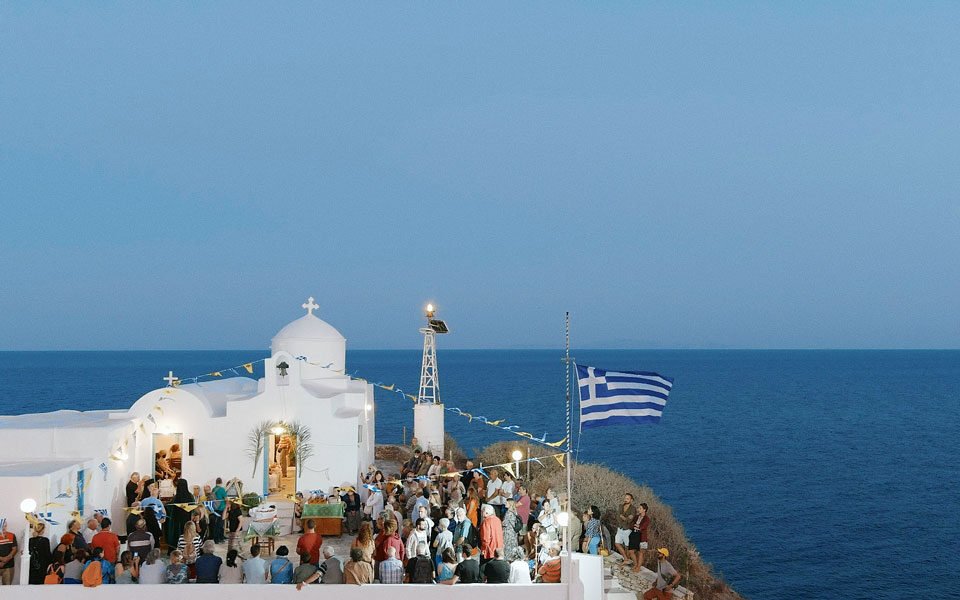When Robert McCabe was asked to photograph the Cyclades in the 1950s, he was greeted with a particularly warm welcome on the islands. “We felt like explorers discovering new civilizations.” How could one not fall in love with these islands?
“These small islands, scattered in a sea that connects Asia with Europe, have been waystations for commerce and the exchange of ideas from prehistoric times to the present day,” says Demetrios Athanasoulis, current Director of the Ephorate of Antiquities of Cyclades, as he describes the famed island complex of the Aegean. He highlights that the sheer number of sites and the quantity of archaeological heritage is disproportionately large compared to its relative size. “One can enter a stone cell in the countryside and not be certain whether it was built by our grandfathers, under the Ottomans, the Venetians or the Byzantines, or whether it dates back to antiquity or even prehistory.”
Today, many of those black and white images depicting the natural beauty and traditions captured by McCabe have been lost due to rampant development. The Cyclades are at a crucial crossroads, according to Demetres Karavellas, Director of WWF Hellas. “The elements that compose its very special identity – one of them being its nature and biodiversity – are the ones in danger of being lost today.”

© Museum of Cycladic Art
The goal of the Cycladic Identity project is to preserve and showcase this unique Cycladic identity. It operates as a platform that accepts donations and sponsorships to support local projects that will positively impact the Cycladic islands in the areas of culture, biodiversity, and intangible cultural heritage.
How did this initiative begin? “The Museum of Cycladic Art would not exist without the islands of the Cyclades and the Cycladic civilizations. Thus, I thought that our museum must, and can, give back to the Cyclades in a sustainable and significant way. This is how we created the Cycladic Identity initiative,” says Sandra Marinopoulou, President and CEO of the Museum of Cycladic Art. She adds: “We feel the responsibility of being part of the Cyclades, of protecting them, in order to preserve their characteristic identity. Our goal is to be close to the local communities and to discover their needs.”
Islands on the front line, such as Mykonos, Santorini and Paros, are in greater danger than Amorgos, Anafi, and Sikinos. “Yet tourist development is insatiable. When an island is saturated, visitors simply seek out the one nearby. In Milos, for example, we see an aggressive type of development that needs to be regulated,” notes Athanasoulis. He continues: “The special planning schemes that have been announced are an example of such practices; the only issue is bringing them to completion. Everything is endangered: gastronomy, agricultural production, pork carcasses, traditional festivals, and so on. From the moment that people have turned to tourism everything is in danger, because by operating as tourist attractions, they risk losing their authenticity.”

© Museum of Cycladic Art
The project also includes the charitable organization of the Municipality of Kea, for the filming and sound recording of its traditional musicians, to be compiled into a series of short documentaries that focuses on these surviving elderly musicians. The Center for the Study and Dissemination of Myths and Fairy Tales is also tasked with producing 20 podcasts with stories about original musical compositions related to the island’s oral traditions.
In addition, other institutions and organizations have also been recruited, such as Kimolistes for the “Osa xseran oi palioi” (What the elders knew) festival in Kimolos; the Society for the Environment and Cultural Heritage for the creation of cultural footpaths in Sikinos and for developing applications to facilitate navigation and information; the Poseidon Cultural-Environmental Association for the creation of a website for the Archive of Donousa’s Oral History; the Andros Research Center for its traditional practices of water management on the island’s mountainous areas. From the island of Ios, Cinemathesis is involved with running a filmmaking seminar for high school students, with the aim of each student creating their own video art in the form of a one-minute, single frame shot.
The Municipal Enterprise for Cultural Promotion and Development of Mykonos is involved in creating a website and digital archive to document the craftsmen and masters of dry stone walling (“xerolithia”), while in Amorgos, the Municipal Public Benefit Enterprise will document oral accounts and stories told by the elderly locals.
With information from https://www.kathimerini.gr/culture/562443751/akomi-perissotero-fos-stis-kyklades/












